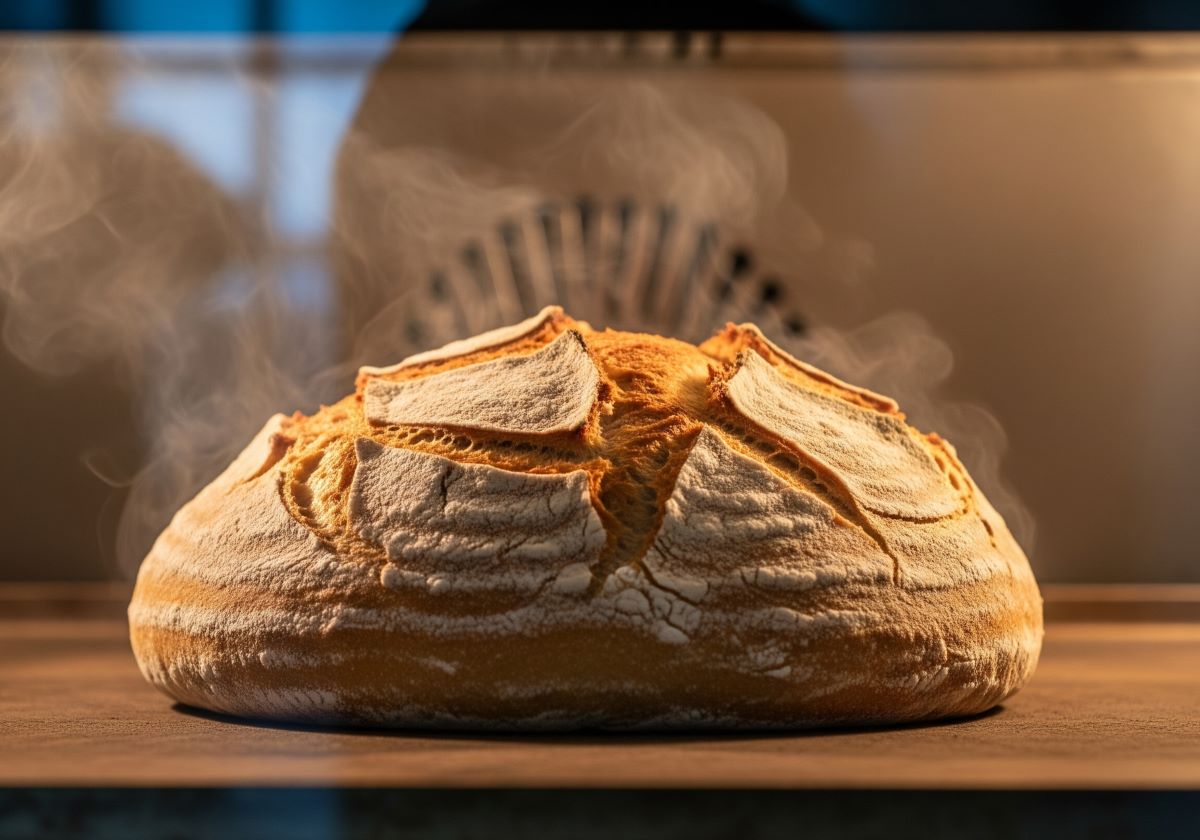Five Tips for Better Oven Spring
Unlock the secrets to a taller, more impressive loaf.
Oven spring—that magical, final burst of rising that happens in the oven—is one of the most sought-after qualities in artisan bread. It's a sign of a healthy starter, proper fermentation, and good shaping technique. If your loaves are falling flat, here are five key areas to focus on.

1. A Strong, Active Starter
Your starter is the engine. A sluggish starter simply doesn't have the power to lift the dough. Feed your starter regularly and use it when it's at its peak—typically a few hours after feeding, when it's full of bubbles, smells sweet and tangy, and has at least doubled in volume.
2. Proper Fermentation is Key
This is where most bakers struggle. Under-fermented dough hasn't built up enough gas, while over-fermented dough has a weakened gluten structure that can't trap the gas effectively. The goal is to catch the dough at the perfect moment, when it has risen significantly but still has strength.
The Temperature-Time Connection
The warmer your dough, the faster it ferments. This is why a tool that tracks temperature and predicts fermentation time is so critical. CrumbScience is designed to help you nail this step every single time, taking the guesswork out of knowing when your dough is perfectly proofed.
3. Build Strength and Structure
A strong gluten network is essential for trapping the steam and CO2 that create oven spring. Perform a series of stretch-and-folds or coil folds during bulk fermentation to build this structure. The dough should feel strong and elastic, not slack, before you shape it.
4. Master Your Shaping Technique
Shaping isn't just about making the dough look nice; it's about creating surface tension. A tightly shaped loaf will hold its form and rise upwards in the oven, rather than spreading outwards. Be gentle but firm, ensuring you create a tight "skin" on the outside of your loaf.
5. Maximize Steam in Your Oven
Steam is non-negotiable for great oven spring. It keeps the crust soft for the first 10-20 minutes of baking, allowing the loaf to expand to its full potential. The most common home method is to bake in a preheated Dutch oven with the lid on, which traps the steam released from the dough itself.
Ready to Master Fermentation?
CrumbScience helps you perfect the most critical step for achieving amazing oven spring. Let our predictive engine guide your bake.
Try the CrumbScience Tracker